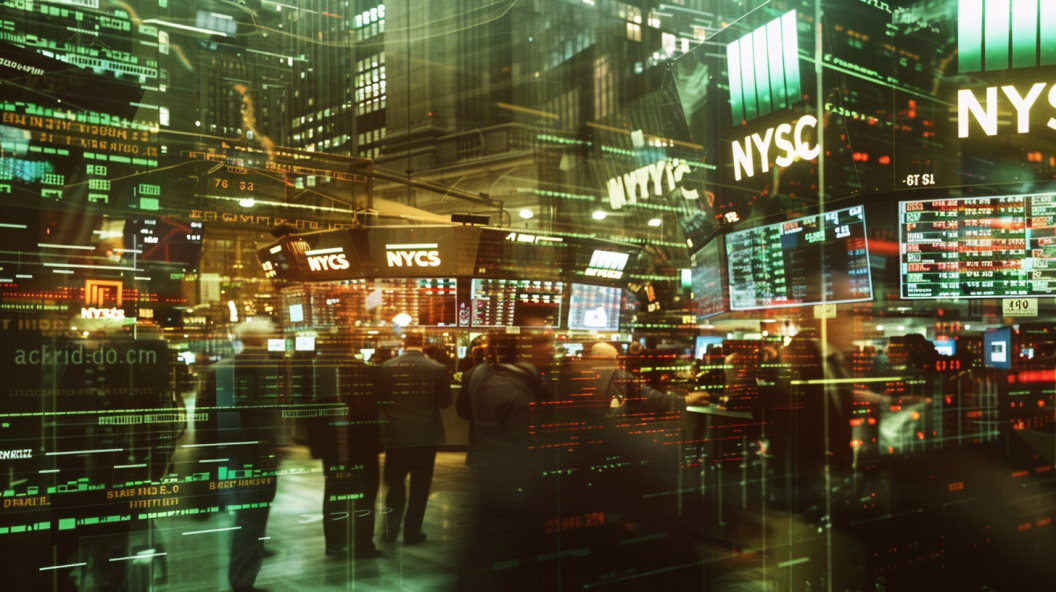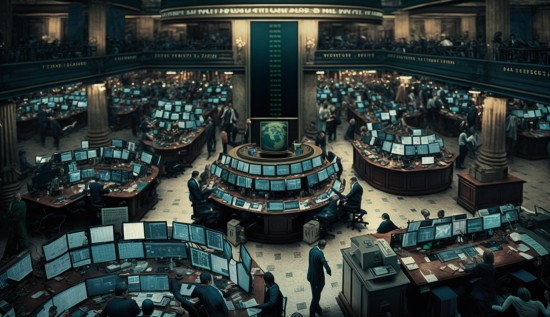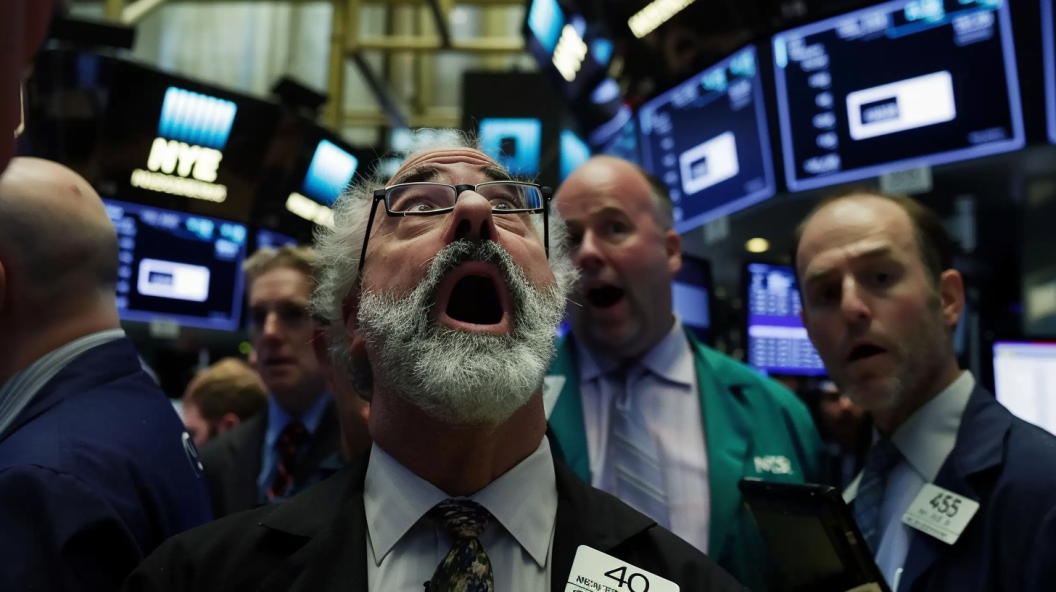| Key Points: – An assassination attempt on former President Donald Trump adds to the volatility surrounding the 2024 U.S. presidential election. – Investors fear increased political instability, which could impact market sentiment, particularly in small and micro-cap stocks. – Market movements highlight the fragile balance between politics and economic confidence as election tensions rise. |
The recent assassination attempt on Donald Trump, the Republican presidential nominee, underscores a key theme in this year’s U.S. election cycle: rising political tensions and their impact on financial markets. On Sunday, Secret Service officers thwarted an apparent assassination attempt at Trump’s West Palm Beach golf course, shaking both political and economic spheres. The event further exacerbates an already turbulent election year, where unpredictable developments have consistently affected investor sentiment.
Political uncertainty is a well-known driver of market volatility, and this incident amplifies the existing concerns. With both parties engaged in heated battles, any threat to a high-profile candidate like Trump has a significant ripple effect on investor confidence. The attempted assassination, while fortunately thwarted, introduces fears of escalating political violence, which could weigh heavily on market behavior, particularly as the election draws near.
In fact, political instability tends to trigger risk aversion among investors, who seek safer assets in uncertain times. The U.S. stock market’s reaction to political events often involves a flight to quality, with investors moving toward bonds, precious metals, or large-cap stocks, while small and micro-cap companies tend to bear the brunt of the volatility. These companies, which rely more heavily on investor confidence and market stability, can see exaggerated price swings during periods of uncertainty.
Small and micro-cap stocks are especially vulnerable in uncertain political environments. These companies often have more limited access to capital and are more sensitive to market fluctuations. Historically, political risks, particularly those involving threats to major candidates, have led to a pullback in smaller stocks as investors pivot toward safer, more liquid assets.
If market anxiety continues to rise over the course of the election season, small-cap stocks could see increased volatility. Investors may start to question how the election’s outcome, influenced by these dramatic events, will impact regulatory frameworks, tax policies, and economic growth. This is especially true for sectors tied closely to government policies, such as healthcare, energy, and technology.
The 2024 election cycle has been unusual, marked by extraordinary levels of polarization, political violence, and uncertainty. The July assassination attempt on Trump in Pennsylvania, coupled with Sunday’s incident, only serves to escalate concerns. Political violence, if it continues, may raise questions about the security and stability of the election process itself, further unsettling markets.
While the S&P 500 and other major indices have shown resilience so far, the small and micro-cap sectors remain more fragile. Any further threats to political figures or destabilizing events could drive more dramatic responses from these stocks. The next few weeks are likely to be crucial as investors digest the implications of these incidents alongside expected changes in monetary policy and global economic developments.
As the FBI continues its investigation into the latest assassination attempt, the political climate will likely remain in focus for investors. While larger companies with diversified portfolios may weather the storm, smaller and more speculative investments will require greater scrutiny. In an unpredictable election cycle like this, market participants may look for safer opportunities and hedge against the risks of political violence or upheaval.
Ultimately, the intersection of political drama and market dynamics this year serves as a reminder that investors should stay agile and informed. Whether these assassination attempts will influence the broader market remains to be seen, but in this highly charged environment, investors will be watching closely for any signs of escalation as the election unfolds.














